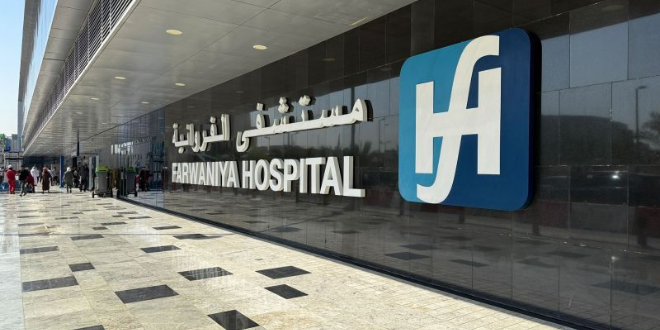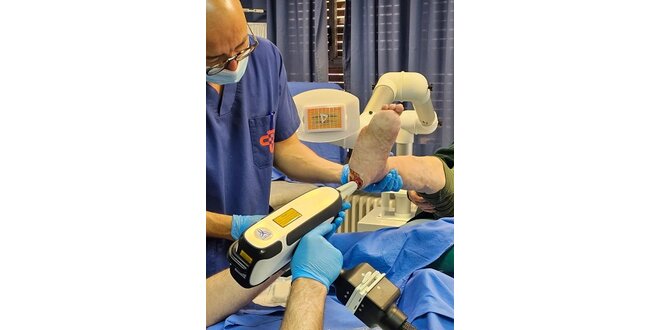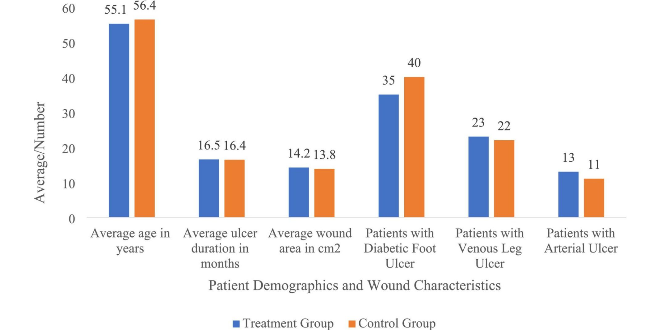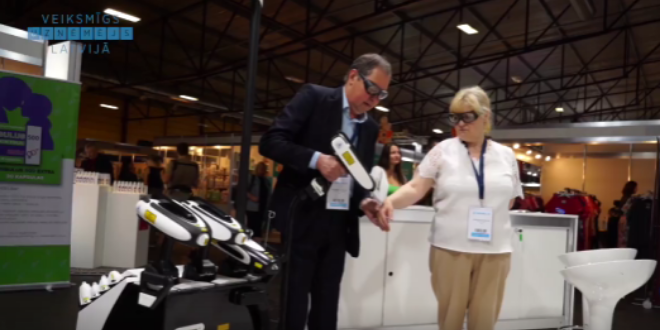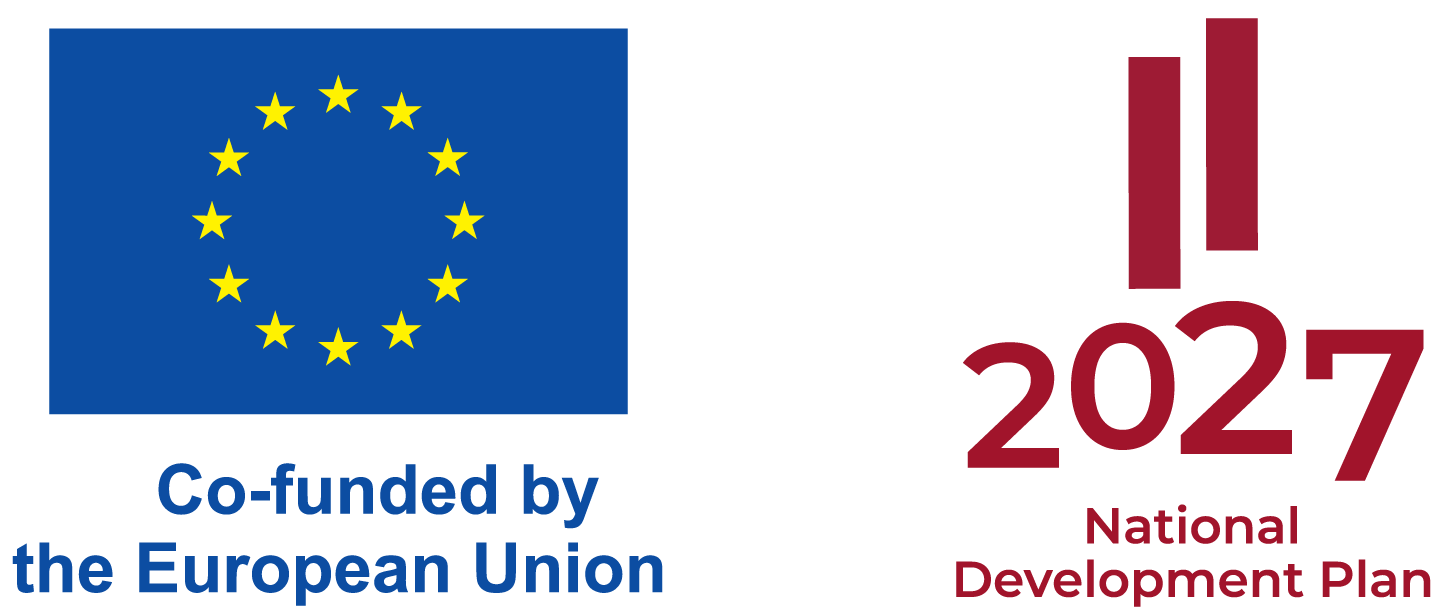Target Creation Technology (TCT) for Vascular Lesions
Target Creation Technology (TCT) is LINLINE’s selective, multi-stage laser method designed to coagulate pathological vessels while preserving the epidermis and surrounding microvasculature. It addresses the core limitations of classical “selective photothermolysis” by first eliminating competing chromophores, then creating a new intravascular target, and finally completing vessel coagulation with high spatial selectivity.
Why conventional vascular lasers struggle
- Melanin outcompetes hemoglobin. Across visible and near-IR bands used clinically, skin melanin absorbs more strongly than hemoglobin. Choosing wavelength alone cannot deliver true selectivity to diseased vessels without collateral heating.
- Depth–absorption trade-off. Wavelengths that hemoglobin absorbs best penetrate shallowly; wavelengths that reach deeper are absorbed less by hemoglobin—forcing energy increases that raise complication risk.
- Thermal relaxation varies widely. Vessel diameters (1–100+ ms TRT) differ by lesion type and depth; a single pulse format rarely suits all, leading to under- or over-treatment.
- Observed “vanishing” ≠ selective coagulation. Classical explanations invoking intraluminal vaporization don’t fully match physics or clinical outcomes, including recanalization and scarring rates. An alternative mechanism emphasizes widespread dermal heating (“thermal tumescence”) that compresses vessels but is not truly selective.
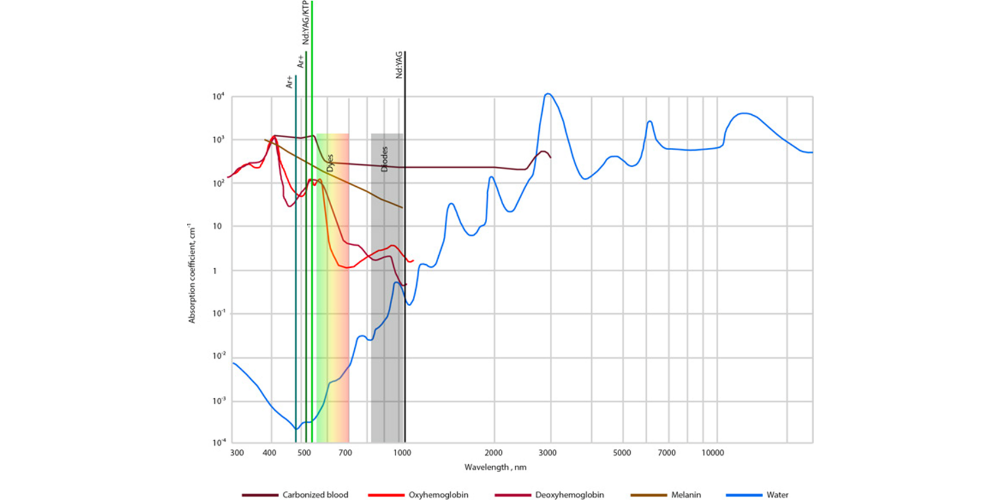
The TCT solution: three actions within one composite pulse
TCT sequences three wavelength-specific actions within microseconds, using Nd:YAP/KTP Q-switched dual-wavelength emission at 1079 nm and 540 nm:
- Eliminate false targets (micro-edema/tumescence).
A train (“tsunami”) of low-energy 1079 nm pulses, weakly absorbed by hemoglobin, melanin, and water, penetrates deeply and gently heats tissue. This causes transient cell volume expansion that compresses superficial normal capillaries, reducing competing oxyhemoglobin in the beam path and improving optical access to dilated vessels. - Create a new chromophore inside the target vessel.
A tightly timed Q-switched 540 nm pulse train—strongly absorbed by hemoglobin—induces threshold, surface-layer heating of intraluminal blood at the upper vessel wall, forming a localized chromophore with much higher absorption than native hemoglobin. Because normal capillaries were compressed in Step 1, this new target forms selectively within the pathological vessel. - Selective vessel coagulation via the new target.
A subsequent 1079 nm Q-switched pulse train couples preferentially to the newly created chromophore (but not to melanin or water), coagulating the entire vessel wall while maintaining low epidermal burden. Using Q-sw pulses further boosts the chromophore’s absorption, allowing lower energy and minimizing thermal spread.
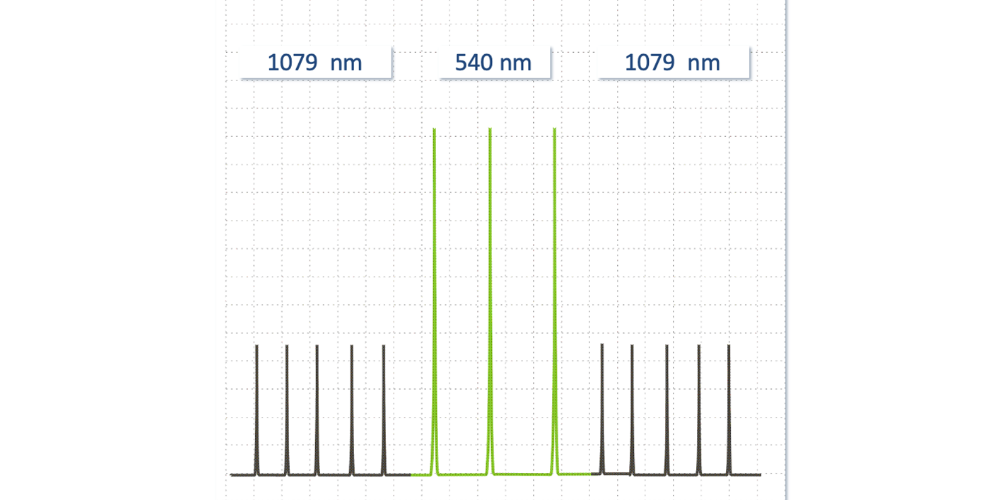
Result: Optical and thermal selectivity are satisfied where it matters—inside the diseased vessel—rather than relying on imperfect wavelength-only targeting of hemoglobin distributed throughout normal skin microvasculature.
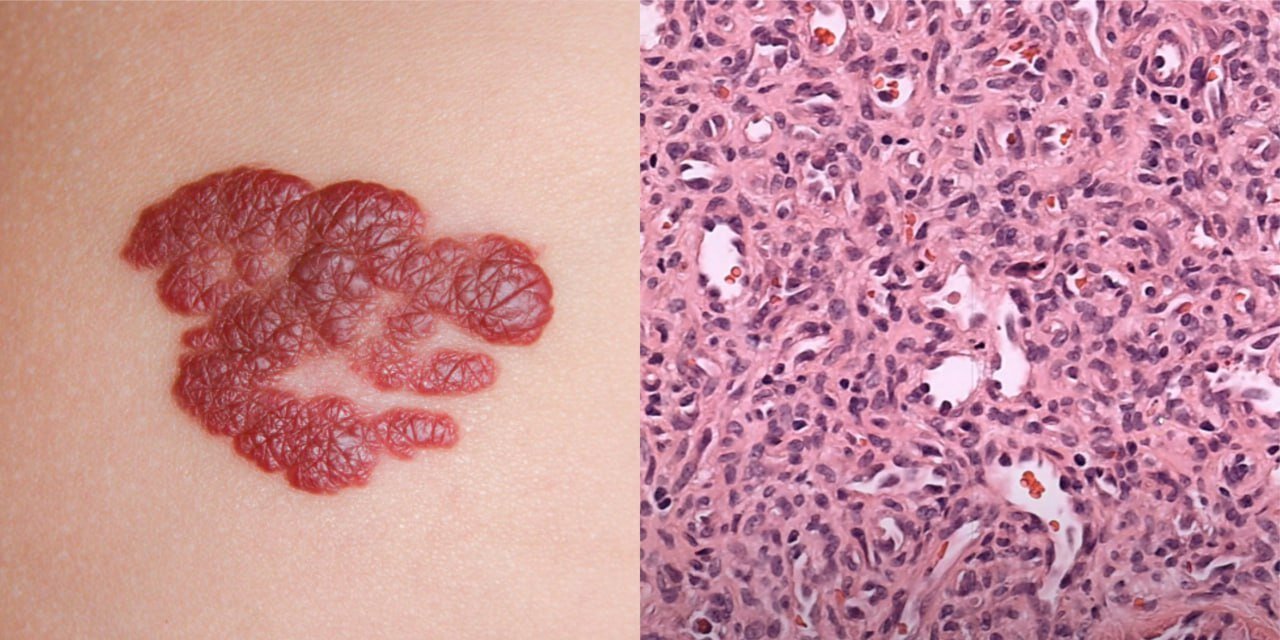
Indications and scope
TCT is used for a broad spectrum of vascular lesions—facial and leg telangiectasias, hemangiomas, rosacea-related networks, and certain congenital vascular disorders—with program-guided parameter sets to accommodate vessel size and depth.
Important limits: Transcutaneous laser coagulation—TCT included—is not a treatment for varicose vein disease (saphenous or non-saphenous reflux). Such cases require vascular surgical management first (e.g., surgery/sclerotherapy); surface treatment may follow as indicated.
Safety on tanned or darker skin
Tanned skin contains more melanin—a competing chromophore—so a larger share of energy is diverted from the target vessel. Compensating with higher energy increases epidermal risk. Strict sun avoidance and sunscreen use are essential; parameter selection should be conservative in recently tanned patients.
Technology highlights
- Dual-wavelength, Q-switched Nd:YAP/KTP (1079 nm & 540 nm): optimized to stage tumescence, target creation, and selective coagulation within a single composite pulse.
- Pulse-train (“tsunami”) architecture: leverages Q-switched physics to trigger a threshold absorption jump at hemoglobin interfaces, forming a high-contrast intravascular chromophore with low acoustic by-effects.
- Platform implementation: Delivered on the MULTILINE solid-state platform with interchangeable, high-power emitters and stable output for dermatology and vascular applications.
Why TCT feels different in practice
Compared with wavelength-only approaches, TCT engineers the target first—compressing normal capillaries, then creating a selective intravascular absorber—so the final coagulation step can proceed with lower energy, deeper reach, and reduced epidermal load. In clinical workflows this translates to: predictable endpoints (vessel darkening), broad lesion coverage, minimized downtime, and a low scarring profile when used as directed.





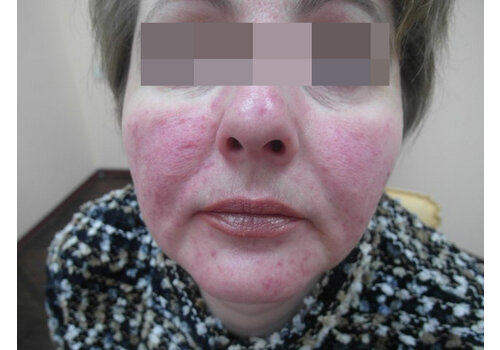
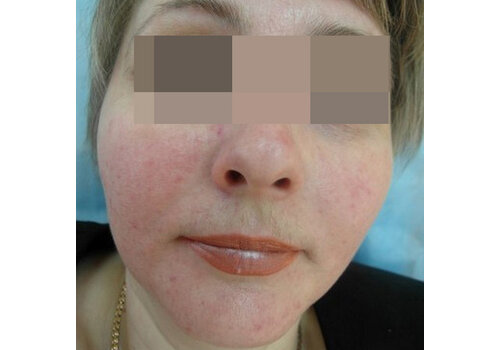
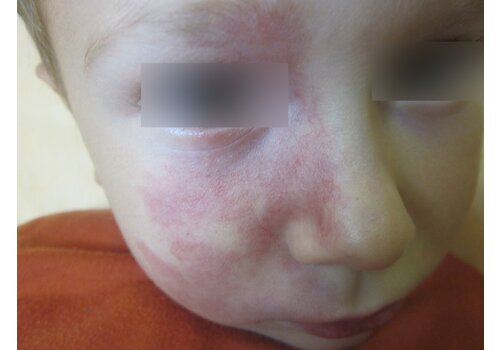
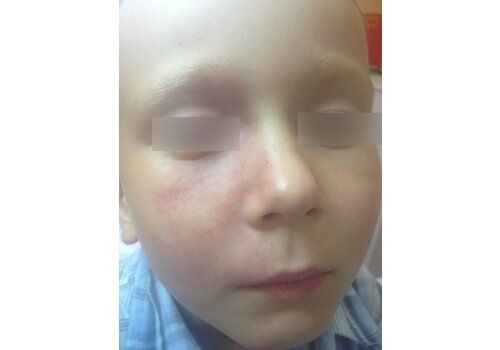
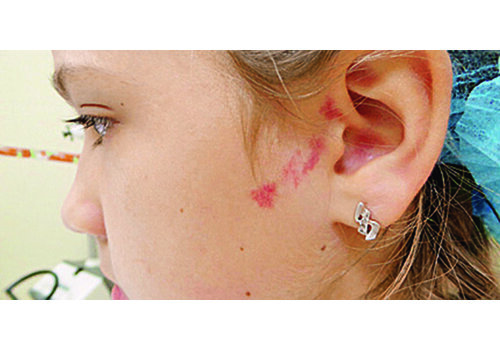
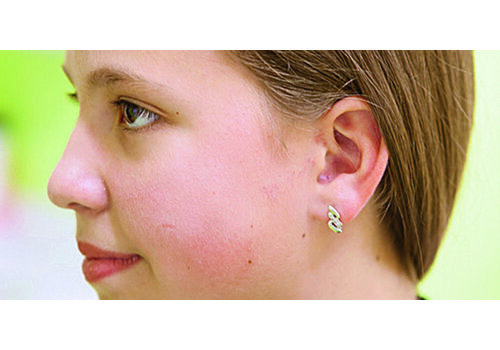
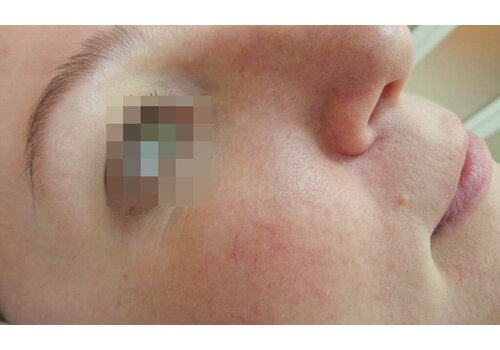
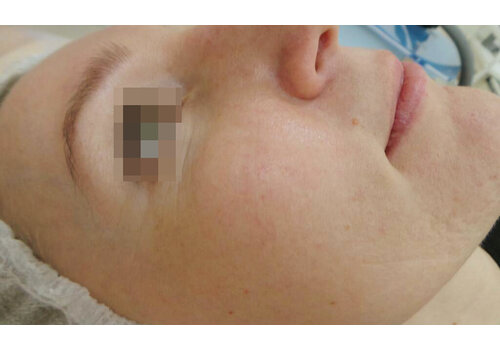
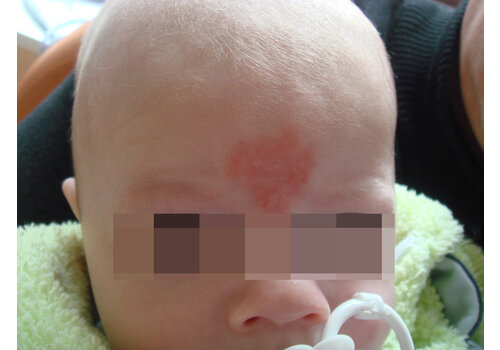
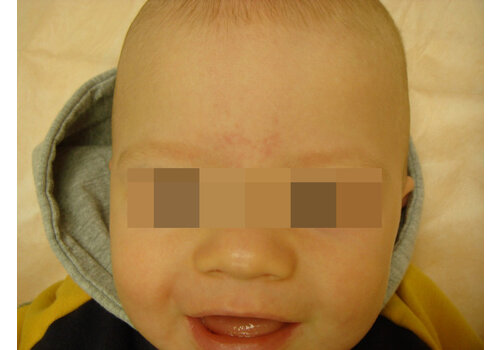
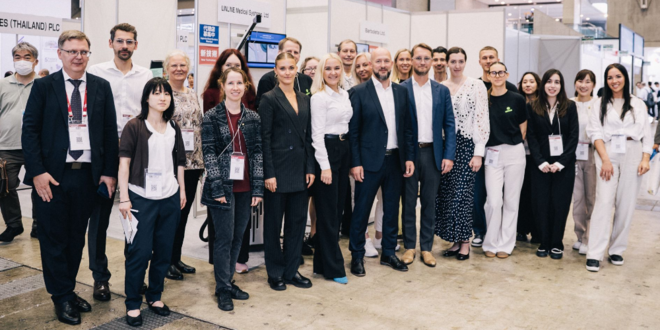
 06.10.2025
06.10.2025